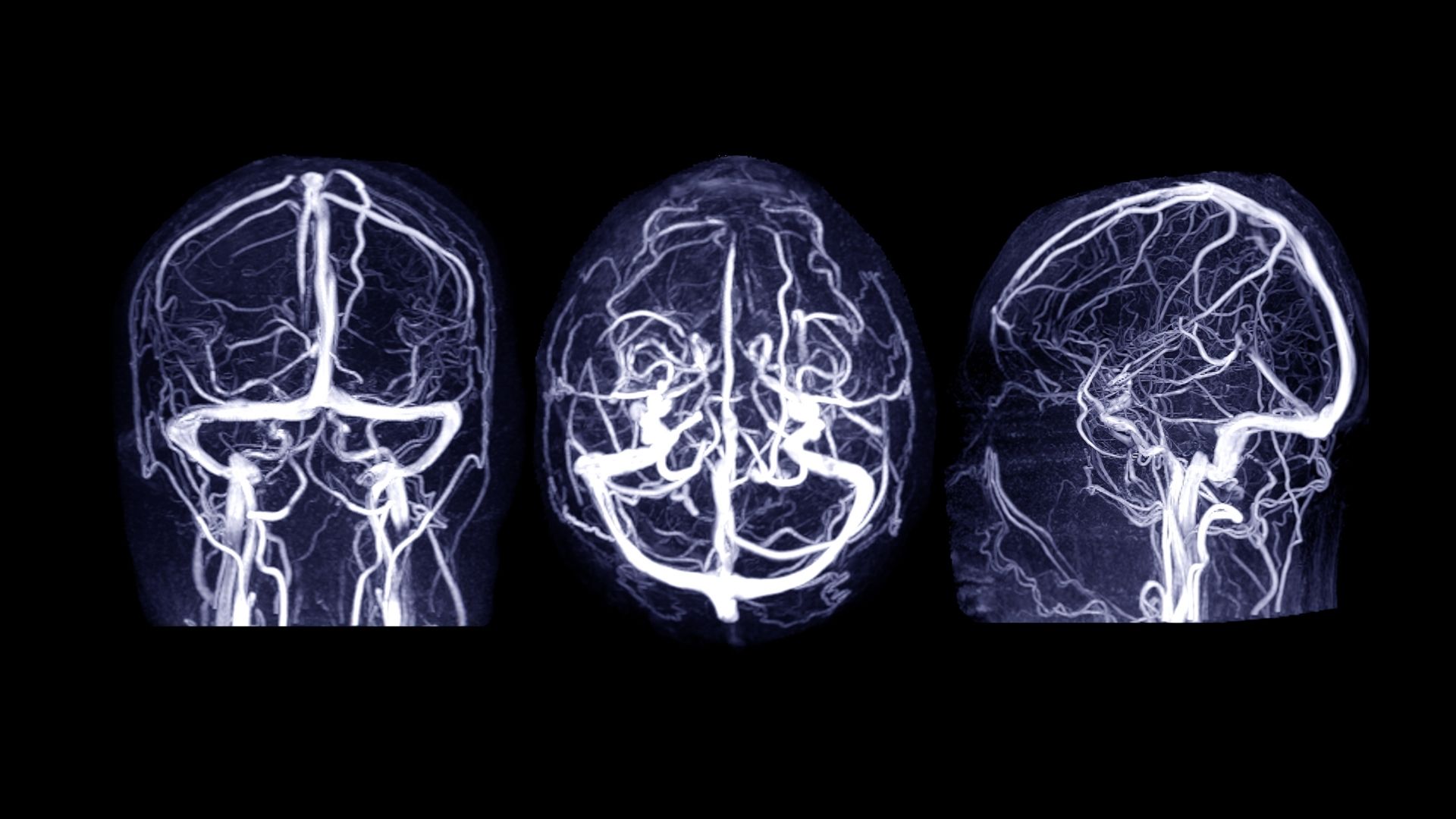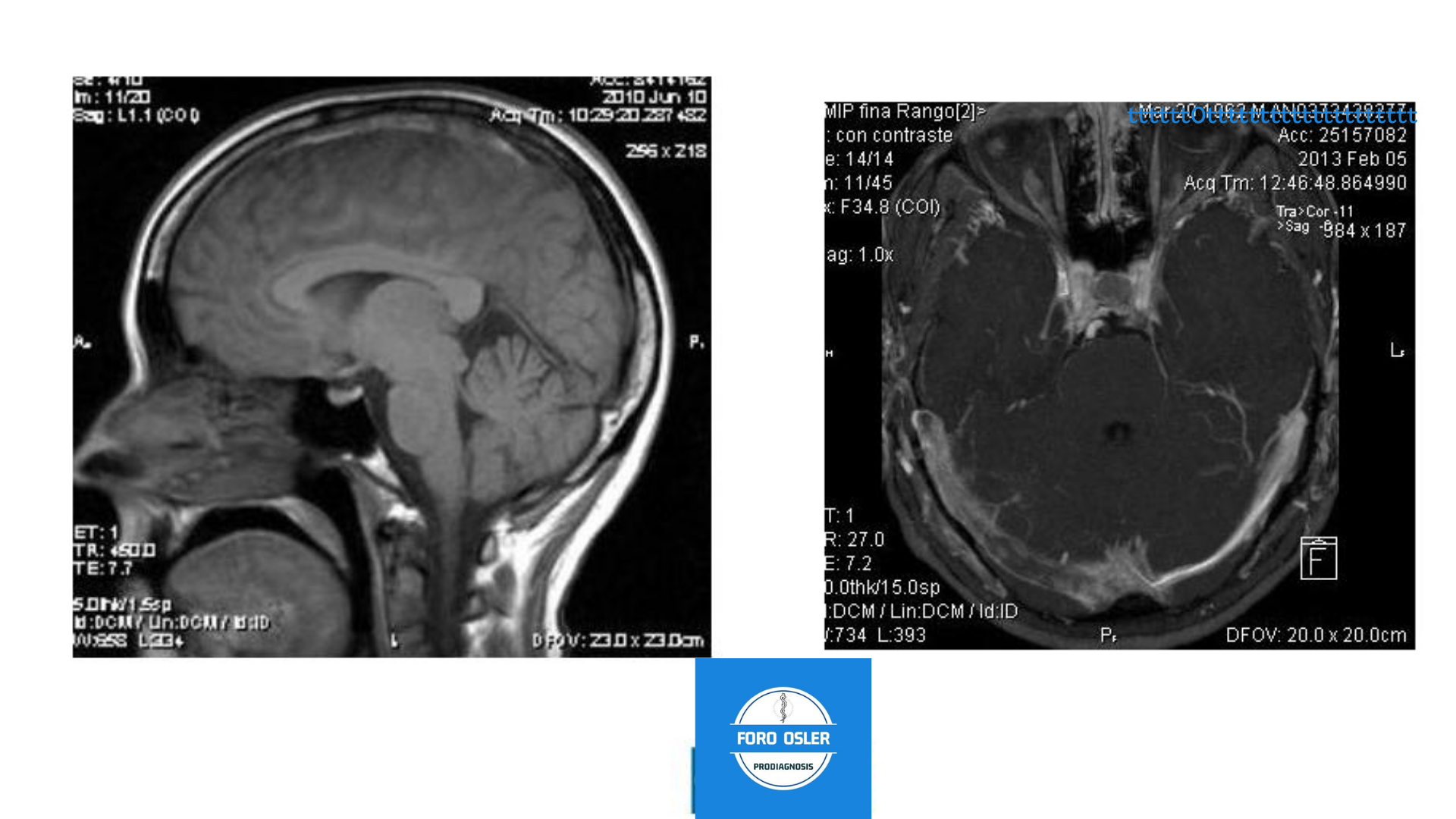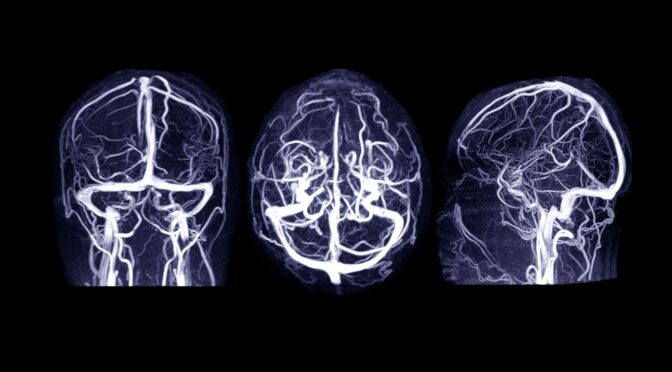Cerebral venous thrombosis: pattern recognition or knowledge?

The knowledge of the human anatomy is a key step for diagnosis
Medical students invest many hours learning the details of the human body anatomy, very often without a correlation between the structure and its implication in the presence of a disease or the symptoms associated. The teaching of Anatomy in Medical Schools has been improved with the application of digital tools, but a more perfect integration between anatomy, pathophysiology, with the signs and symptoms of the different diseases is still far away in most of the medical courses. Moreover, very different problems can give origin to quite similar symptoms, and only a detailed clinical data gathering can help to solve the problem of the patient.
Headache: starting with the general to find the particular
Headache is one of the most common symptoms in clinical practice, associated with a wide range of medical problems. The differential diagnosis is based on the form of presentation (acute, subacute, chronic), frequency, and in the presence of other symptoms that can be definitive to select the proper diagnosis.
The knowledge of the anatomical “silos” like the one expose here, the cerebral venous system, can be a path to reach to an uncommon diagnosis, which means usually a delayed diagnosis, like in this case of a cerebral venous thrombosis, both in the superior sagittal and transverse sinuses.

You can reach a very good review of the cerebral venous thrombosis here (1)
Bibliography
- Espen Saxhaug,K; et al. Cerebral venous thrombosis-epidemiology, diagnosis and treatment. Tidsskriftet Den Norse Legeforening 2018. doi: 10.4045/tidsskr.17.1047
Author: Dr. Lorenzo Alonso
FORO OSLER


